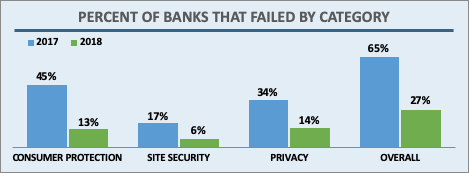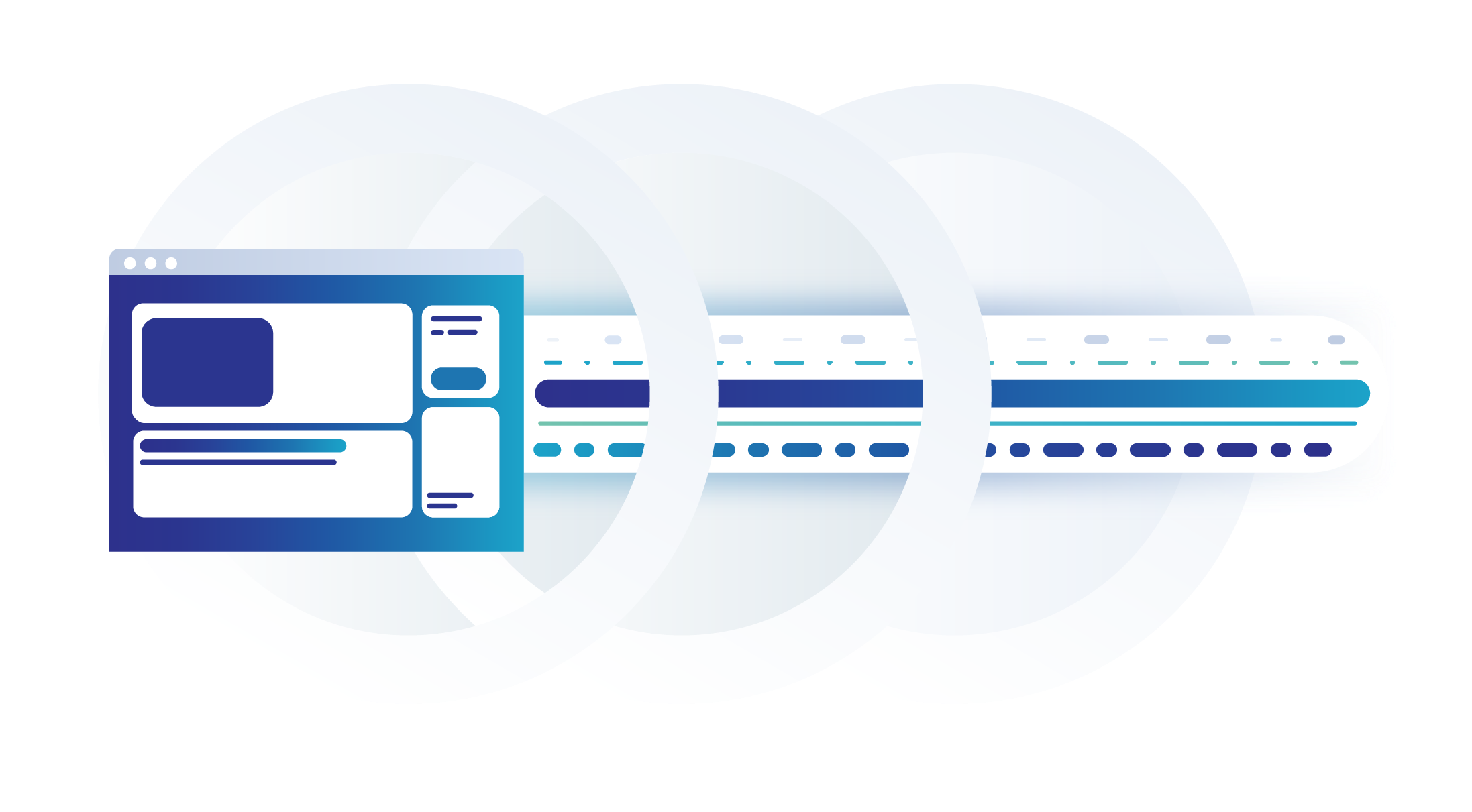Cisco: 13 IOS, IOS XE security flaws you should patch now
Cisco this week warned its IOS and IOS XE customers of 13 vulnerabilities in the operating system software they should patch as soon as possible.All of the vulnerabilities – revealed in the company’s semiannual IOS and IOS XE Software Security Advisory Bundle – have a security impact rating (SIR) of "high". Successful exploitation of the vulnerabilities could allow an attacker to gain unauthorized access to, conduct a command injection attack on, or cause a denial of service (DoS) condition on an affected device, Cisco stated. "How to determine if Wi-Fi 6 is right for you" Two of the vulnerabilities affect both Cisco IOS Software and Cisco IOS XE Software. Two others affect Cisco IOS Software, and eight of the vulnerabilities affect Cisco IOS XE Software. The final one affects the Cisco IOx application environment. Cisco has confirmed that none of the vulnerabilities affect Cisco IOS XR Software or Cisco NX-OS Software. Cisco has released software updates that address these problems.To read this article in full, please click here





